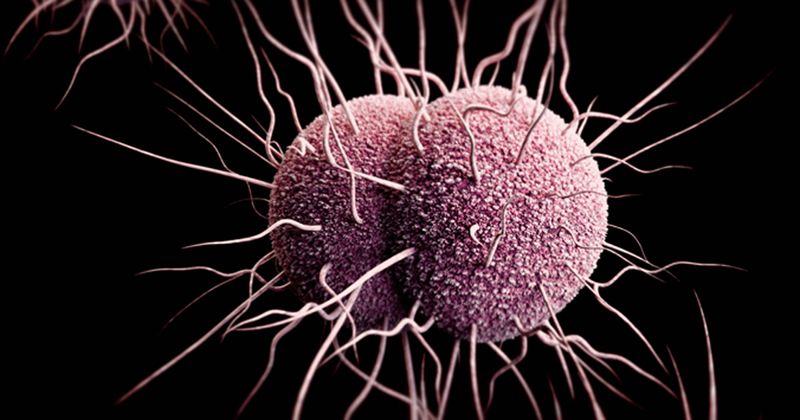STIs increase among MSM with HIV regardless of viral load status
During a recent 5-year period, incident bacterial sexually transmitted infections increased among HIV-infected men who have sex with men regardless of virologic control, according to a recent study.

“The burgeoning STI epidemic is reaching all-time highs in the modern era, yet simultaneously, the U.S. HIV epidemic curve is modestly trending downward in recent years,” Ronnie M. Gravett, MD, DTM&H, an assistant professor in the division of infectious diseases at the University of Alabama at Birmingham Heersink School of Medicine, told Healio. “Here in the deep South, we see very high rates of both HIV and STIs, especially among gay, bisexual and other men who have sex with men (MSM). Often, HIV care and STI care are siloed apart, but these two epidemics really occur in a syndemic.”

Gravett explained that in the context of sexual health, HIV and STIs should be considered simultaneously. With that in mind, the researchers attempted to better understand the STI burden among MSM living with HIV.
“Fortunately, we’re in a new era of HIV management where ART is safe, tolerable, and very effective, and we know that HIV cannot be sexually transmitted if the viral load is suppressed,” Gravett said. “This has really been the standard for the last several years, so we wanted to examine the STI trends in each year over the last several years among MSM living with HIV and compare these on the basis of HIV virologic control in this new era of ART.”
Gravett and colleagues — including Infectious Disease News Editorial Board Member Jeanne Marrazzo, MD, MPH — conducted a retrospective cohort study to analyze bacterial STI incidence trends from 2014 to 2019 among a group of MSM at a clinic providing most of the care to people living with HIV in Birmingham, Alabama. All patients in the study were living with HIV for at least 1 year and prescribed ART for 6 months to allow for viral suppression and had at least one bacterial STI test for gonorrhea, chlamydia or syphilis. The primary study outcome was incident bacterial STI, which researchers calculated per 1,000 person-years (PY) for each viral load category for each year in the study from 2014 to 2019.
Overall, the study demonstrated that the number of tests performed, the number of positive results and the STI incidence rate increased from 2014 to 2019. The proportion of MSM with viral suppression increased from 84.4% in 2014 to 86.4% in 2019. The researchers found that the proportion of men in this cohort with incident STIs increased each year from 11.7% in 2014 to 18.8% in 2019. Among those with an HIV viral load less than 200 copies/mL, which was considered suppressed, the STI incidence rates increased from 438 per 1,000 PY in 2014 to 692.4 per 1,000 PY in 2019. These rates increased from 598.8 per 1,000 PY in 2014 to 887.2 per 1,000 PY in 2019 among people with uncontrolled viremia. Additionally, the researchers found that most men had a single STI at each visit, although approximately 47% of suppressed and 40% of unsuppressed men had multiple STIs throughout the analysis.
The researchers noted that most of the men in the cohort were Black/African American, reflecting the epidemiology in surveillance data reported to the CDC in the South.
“HIV care should be considered in a holistic sexual health context in populations who are so greatly affected by both HIV and STIs, such as gay, bisexual and other MSM,” Gravett said. “There are many aspects to HIV care; for example, facets of primary care, preventive medicine, mental health, housing stability and food security, among many other critical factors, influence the well-being of persons living with HIV, and sexual health should be included among these. While sexual health is more than just STIs, this work advocates for STI management being prioritized at every point in HIV care because we are losing ground in one epidemic while improving in the other.”
